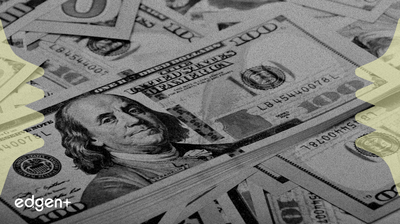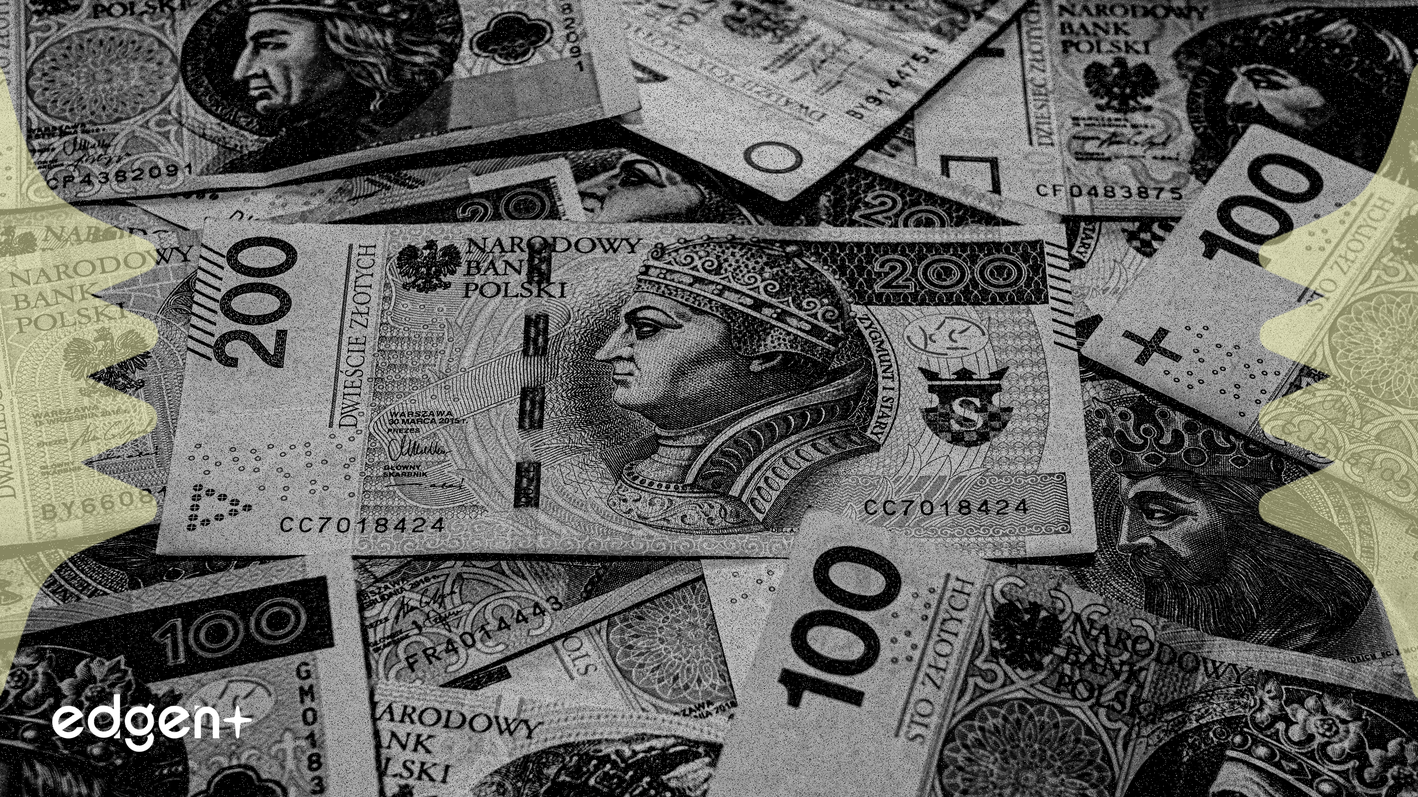Related News

Cathie Wood Lowers Bitcoin 2030 Outlook to $1.2M Citing Stablecoin Growth
## Executive Summary Cathie Wood, CEO of **Ark Invest**, has lowered her most aggressive long-term **Bitcoin** price outlook for 2030 by $300,000, adjusting it from $1.5 million to $1.2 million. This revision stems from the accelerated adoption and functional expansion of stablecoins, which are increasingly serving as payment and remittance instruments in emerging markets, a role **Wood** had previously envisioned for **Bitcoin**. ## The Event in Detail On Thursday, **Cathie Wood** announced a significant adjustment to **Ark Invest**'s 2030 **Bitcoin** price target during an interview on **CNBC's Squawk Box**. The previous bullish forecast of $1.5 million by 2030 has been reduced to $1.2 million. **Wood** explicitly attributed this change to the unexpected speed and scale at which stablecoins are being adopted, particularly in emerging economies. She stated: > "Given what's happening to stablecoins, which are serving emerging markets in a way that we thought bitcoin would, I think we could take maybe $300,000 off of that bullish case just for stablecoins. So watch that space. Stablecoins are scaling here much faster than anyone would have expected.” **Wood** further clarified that stablecoins are "usurping part of the role that we thought **Bitcoin** would play," indicating a re-evaluation of **Bitcoin**'s primary utility in a rapidly evolving digital asset landscape. ## Market Implications The revision of a prominent analyst's forecast, such as **Cathie Wood's**, carries potential implications for investor sentiment regarding **Bitcoin**. While **Wood** reiterated her long-term bullish stance on **Bitcoin** as "digital gold" and a store-of-value asset, the acknowledgment of stablecoins' growing transactional dominance suggests a potential shift in market perception of **Bitcoin**'s role. Stablecoins, predominantly dollar-pegged like **Tether (USDT)**, have seen their total market capitalization exceed $307 billion as of November 2025, with projections for market volumes to reach $100 trillion within five years and issuance to hit $1.9 trillion by 2030. This growth reinforces the **US dollar**'s digital presence and positions stablecoins as foundational global payment rails, potentially siphoning over $1 trillion from traditional banking systems in emerging markets by 2028. ## Expert Commentary **Wood** emphasized that despite the shift in functional expectations, **Bitcoin** continues to strengthen its position as a global store of value, akin to gold. She contrasts **Bitcoin** with stablecoins, noting that stablecoins represent tokenized cash on a blockchain, while **Bitcoin** remains a self-contained asset foundational to a new monetary system. The rapid inflation rates, such as the **Venezuelan Bolivar** surging to 269% annually in 2025, have propelled the adoption of dollar-pegged stablecoins like **USDT** as a savings vehicle in such economies. This trend highlights the practical utility of stablecoins in providing stability for everyday transactions in volatile economic environments, a function **Bitcoin's** volatility currently cannot match. ## Broader Context The ascendance of stablecoins is reshaping the broader **Web3** ecosystem and the narrative surrounding digital assets. While stablecoins enhance liquidity and facilitate cross-border transactions, their increasing adoption as a transactional currency means **Bitcoin**'s strategic role is solidifying as a strategic reserve asset, rather than its initial vision as a primary medium of exchange. This dynamic underscores an evolving understanding of digital assets, where **Bitcoin** serves as a hedge against inflation and a store of value, while stablecoins cater to daily transactional needs and support the global dominance of the **US dollar** in digital form.

Fed's Dovish Stance Amidst Rising Debt Fuels Dalio's Asset Bubble Warning, Bolstering Bitcoin and Gold Appeal
## Executive Summary The Federal Reserve’s recent monetary policy adjustments, including a 25 basis point interest rate cut in October and forecasted further reductions, are prompting warnings from prominent financial figures like Ray Dalio. Dalio asserts that this easing, occurring amidst low unemployment and elevated asset markets, signals a late-stage economic cycle characterized by excessive debt, which could lead to an asset bubble and currency debasement. This macroeconomic backdrop is bolstering the appeal of **Bitcoin (BTC)**, gold, and other hard assets as investors seek hedges against potential inflation and economic instability. ## The Event in Detail Federal Reserve Governor Steven Miran has publicly endorsed continued interest rate cuts, indicating strong internal support for an accommodative monetary policy. Following a 25 basis point reduction in October, which set the federal funds rate target to an anticipated 3.75%-4.00%, additional cuts are forecasted for December. These decisions are being made in response to weakening employment data and persistent inflation pressures, which remain above the Fed's long-term 2% goal. This dovish stance is expected to exert downward pressure on the **U.S. dollar**, potentially increasing the attractiveness of cryptocurrencies as a hedge against fiat depreciation. ## Market Implications The ongoing monetary easing is widely anticipated to support risk assets, driving investors towards alternative and growth-oriented assets. Andrew Forson, president of DeFi Technologies, noted that lower rates have historically supported digital assets and expects this trend to continue, viewing the environment as broadly positive for crypto. This sentiment is underscored by a surge in digital asset treasury holdings, which reached **$137.3 billion** by October, with **$42.7 billion** invested in new crypto acquisitions this year, 70.3% of which was allocated to **Bitcoin**. Hedy Wang, CEO and co-founder of Block Street, highlighted that traditional bonds are losing their defensive value and cash offers no protection against currency depreciation, leading to renewed demand for tangible stores of value such as gold, silver, and increasingly, digital assets like **Bitcoin**. ## Expert Commentary Ray Dalio, founder of Bridgewater Associates, has voiced significant concerns regarding the Fed's current trajectory. He describes the policy shift as a "dangerous cycle of stimulating into a bubble," warning that the U.S. faces a "debt-induced heart attack" by 2027. This projection is based on a **$37.3 trillion** national debt and annual interest payments nearing **$1 trillion**. Dalio suggests that this monetary stress could lead to a speculative "melt-up" in assets like gold and **Bitcoin** before a potential sharp collapse. He advocates for substantial allocations to hard assets, recommending 15% **Bitcoin**/**gold** allocations and 60-70% barbell strategies prioritizing **Bitcoin** and **Ethereum (ETH)** for macroeconomic protection. ## Broader Context The current economic environment is characterized by modest growth at 2%, unemployment at 4.3%, and inflation running over 3%. The Fed's policy easing during a period of low unemployment and rising asset markets is considered typical of late-stage economies. Historically, **Bitcoin's** price has closely mirrored the Federal Reserve’s monetary policy cycles. During easing phases, such as the 2020–2021 period of zero rates and quantitative easing, abundant liquidity and a weaker dollar fueled massive inflows into **Bitcoin**, propelling its price from under $10,000 to record highs. This reinforces **Bitcoin's** "digital gold" narrative as a hedge against inflation and currency debasement in periods of loose monetary policy.

Ray Dalio Warns Fed Policy Risks Asset Bubble, Poising Bitcoin and Gold for Gains
## The Event in Detail Billionaire investor Ray Dalio has issued a cautionary statement regarding the Federal Reserve's recent monetary policy adjustments, characterizing the halt of quantitative tightening as the commencement of a "dangerous cycle of stimulating into a bubble." Dalio, the founder of Bridgewater Associates, argues that this shift represents a classic dynamic of a late-stage debt cycle, a period marked by easing monetary policy despite economic growth, low unemployment, and rising asset markets. He contends that this approach, rather than addressing economic weakness, could inflate asset prices significantly before an eventual market correction. Dalio suggests that the Fed's current stance is particularly concerning given the prevailing economic conditions. Historically, monetary easing is implemented during economic downturns; however, the present environment features robust employment figures and appreciating asset valuations. This combination, according to Dalio, contributes to an inflationary environment and currency debasement, making it a critical period for investors to monitor fiscal and monetary policy decisions. ## Market Implications The implications of the Fed's perceived "stimulating into a bubble" policy extend to hard assets, with **Bitcoin** (BTC) and **gold** identified as primary beneficiaries. Dalio posits that these assets could experience substantial rallies, acting as hedges against the potential inflation and economic instability arising from late-stage debt cycle dynamics. Gold, specifically, has already demonstrated resilience, trading comfortably above **$4,000/oz**. The **World Gold Council’s Q3 2025** report noted a 3% year-over-year increase in demand, totaling **1,313 tons**, with 13 new all-time highs recorded and central bank purchases up 10% year-over-year. This demand is further bolstered by resumed purchases from nations like Poland and Brazil. For the cryptocurrency market, **Bitcoin** (BTC) is viewed as a significant hedge against macroeconomic and geopolitical risks, including potential shifts in the global monetary order. While Dalio suggests an interim "melt-up" for Bitcoin alongside gold, he also cautions about potential volatile reversals should liquidity or policy expectations change. The broader crypto market recently experienced volatility, with investment products witnessing **$360 million** in outflows, driven by investor uncertainty following Federal Reserve Chair Jerome Powell's cautious comments on future rate cuts. **Bitcoin ETFs** specifically saw **$946 million** in redemptions, indicating a cautious investor sentiment for certain crypto instruments. Conversely, **Solana** (SOL) attracted significant inflows, reaching **$421 million**, largely due to demand for newly launched US exchange-traded funds, pushing its year-to-date totals to **$3.3 billion**. **Ethereum** (ETH) also recorded **$57.6 million** in inflows, albeit with mixed daily activity. ## Broader Context The demand for **Bitcoin** (BTC) as a store of value is further amplified by growing U.S. macroeconomic imbalances, notably persistent fiscal deficits. The U.S. House of Representatives passing the “One Big Beautiful Bill Act” (OBBBA) on May 22, 2025, is estimated to add **$3 trillion** to the federal deficit over ten years, potentially increasing to **$5 trillion** if certain expiring provisions are extended. This fiscal trajectory contributed to Moody's downgrading the U.S. sovereign credit rating to double-A from triple-A on May 16. Such fiscal risks are increasingly driving demand for **Bitcoin**, including its adoption by "Bitcoin treasury" corporations—public companies incorporating Bitcoin onto their balance sheets as a strategic asset.
